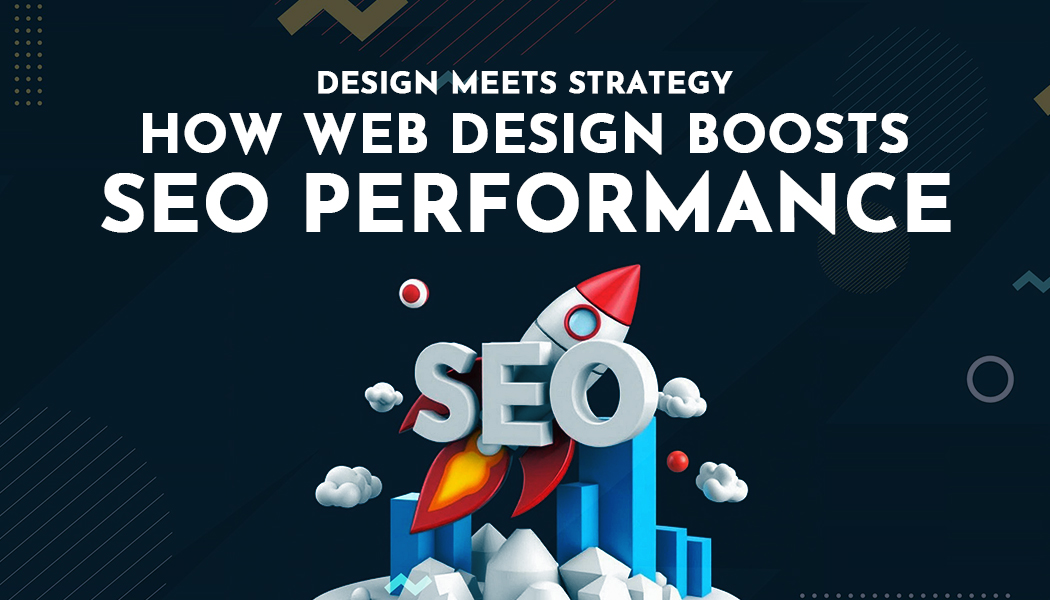Design Meets Strategy: How Web Design Boosts SEO Performance
In today’s digital landscape, the effectiveness of a website extends far beyond its aesthetics. While captivating visuals and engaging content are vital, the integration of web design and search engine optimisation (SEO) plays a crucial role in a website's success. This synergy not only enhances user experience but also drives organic traffic, improving a site’s visibility in search engine results.
In this guide from Margin Media, an SEO agency in Brisbane, we’ll explore how web design and SEO complement each other and how they can provide a competitive advantage for businesses looking to thrive online.
The Importance of User Experience
User experience (UX) is at the heart of both web design and SEO. A well-designed website prioritises usability, making it easy for visitors to navigate and find the information they need. Factors such as page layout, navigation menus, and call-to-action buttons are essential in guiding users through a site. When a website is intuitive and user-friendly, visitors are more likely to stay longer, explore multiple pages, and ultimately convert into customers.
From an SEO perspective, search engines like Google prioritise websites that offer excellent user experiences. Metrics such as bounce rate, average session duration, and pages per session signal to search engines that users find the content valuable. Therefore, a design that enhances UX can significantly impact SEO performance. By focusing on user-centric design, businesses can create a seamless experience that satisfies both users and search engine algorithms.
Responsive Design and Mobile Optimisation
With the increasing use of mobile devices, responsive design has become a critical factor for both web design and SEO. A responsive website automatically adjusts its layout and elements to provide an optimal viewing experience across various devices, including smartphones, tablets, and desktops. Google has emphasised mobile-friendliness as a ranking factor, meaning that sites that are not optimised for mobile will likely experience lower rankings in search results.
To achieve effective mobile optimisation, designers must consider touch-friendly navigation, legible font sizes, and fast-loading pages. A responsive design not only caters to the growing number of mobile users but also boosts SEO efforts, leading to improved visibility and traffic.
Site Speed and Performance
Site speed is another essential element where web design and SEO intersect. Research shows that users expect a webpage to load in two seconds or less; if a site takes longer, they are likely to abandon it. Search engines also consider page speed as a ranking factor. Slow-loading websites can result in higher bounce rates and decreased organic traffic, negatively impacting overall performance.
Designers can improve site speed by optimising images, minimising the use of heavy scripts, and ensuring efficient coding practices. Implementing best practices for performance can enhance both user experience and SEO, creating a win-win situation.
SEO-Friendly URL Structures
A well-structured URL is not only beneficial for SEO but also for user navigation. URLs that are clean, descriptive, and easy to read improve the chances of users clicking on a link. From an SEO perspective, using keywords in the URL can also help search engines understand the content of a page, enhancing its visibility.
When designing a website, incorporating an SEO-friendly URL structure should be a priority. This includes avoiding complex parameters, using hyphens to separate words, and keeping URLs concise. A thoughtful approach to URL design contributes to both the user experience and search engine optimisation.
Visual Content Optimisation
Visual elements, such as images and videos, are crucial components of web design that can enhance the overall aesthetic and engagement of a site. However, these elements can also impact SEO if not optimised correctly. Large image files can slow down page load times, while unoptimized video content can hinder performance.
To optimise visual content for both design and SEO, it’s essential to use appropriate file formats and sizes. Alt text for images is also important as it not only improves accessibility but provides search engines with context about the content. When designed thoughtfully, visual content can enhance a site's appeal and improve its SEO performance.
The Role of Typography
Typography is another design aspect that influences SEO indirectly. The choice of fonts, sizes, and spacing affects readability and user engagement. If users struggle to read content, they may quickly leave the site, leading to high bounce rates and poor SEO rankings.
Designers should prioritise legible fonts and appropriate sizing, ensuring that text is easily readable on both desktop and mobile devices. A focus on typography enhances the overall user experience and encourages visitors to engage with the content, positively impacting SEO.
Integrating SEO into the Design Process
To fully leverage the synergy between web design and SEO, it’s essential to integrate SEO considerations into the design process from the outset. This means collaborating closely with SEO specialists to ensure that design choices align with optimisation strategies.
For example, during the design phase, it’s important to identify target keywords and incorporate them into various elements, such as headings, meta descriptions, and alt text for images. This collaborative approach ensures that the final product is visually appealing while being optimised for search engines.
Final Thoughts
The synergy between web design and SEO is undeniable. A website that excels in design but neglects SEO will struggle to attract traffic, while one that is optimised for search engines but lacks aesthetic appeal may fail to engage users. Through understanding the interplay between these two disciplines, businesses can create a powerful online presence that not only captivates visitors but also ranks well in search results.
Companies who prioritise this synergy will be better positioned to succeed in an increasingly competitive online environment, ultimately leading to improved user satisfaction, higher conversion rates, and greater business success.




